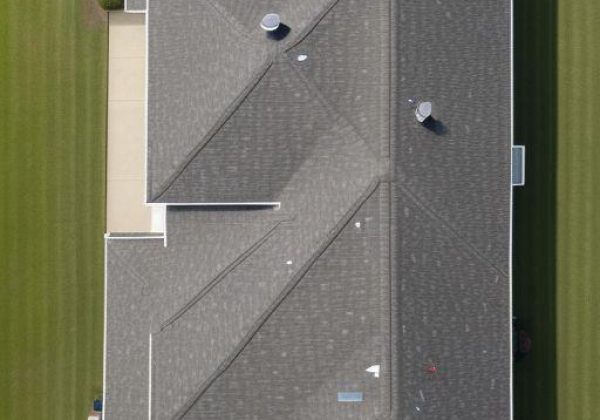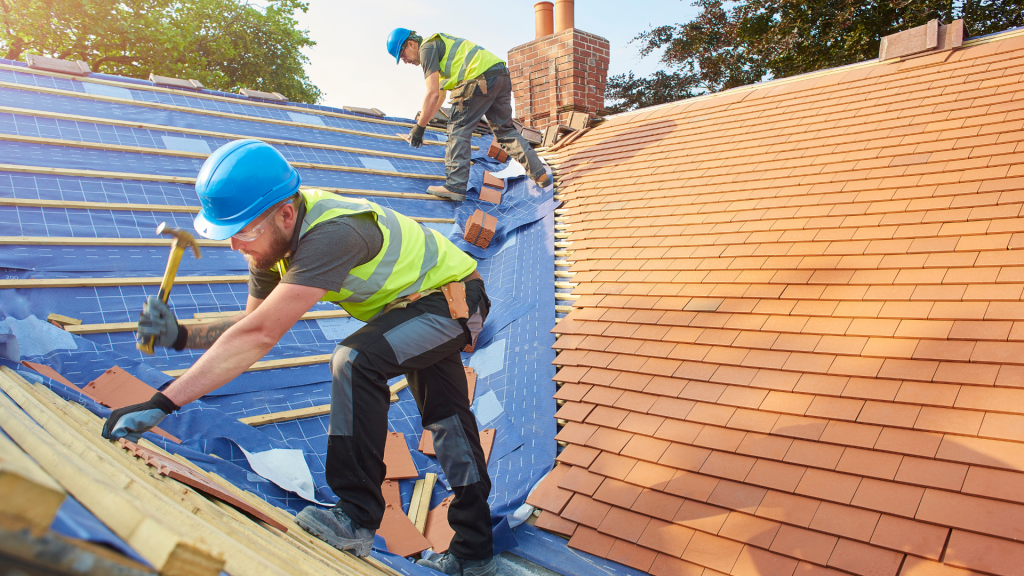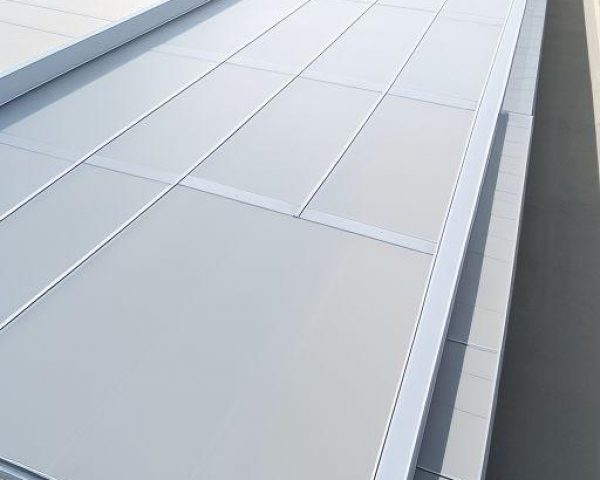What Time Of Year Is The Cheapest To Replace A Roof?
When it comes to home maintenance, one of the largest expenses homeowners face is roof replacement. Whether it's due to age, weather damage, or simply a desire for an upgrade, knowing when to replace your roof can save you significant money. So, what time of year is the cheapest to replace a roof? Let's dive into this question and explore various factors that play into roofing costs.

Understanding Roofing Costs
What Influences Roofing Replacement Prices?
Several factors influence the cost of a roof replacement. These include:
- Materials Used: Different materials carry different price tags. Asphalt shingles are generally more affordable than slate or metal roofs.
- Labor: Pricing can vary based on location and the availability of skilled labor.
- Roof Size and Complexity: Larger and more complex roofs require more time and materials, impacting costs.
- Removal of Old Roof: If your existing roof needs to be removed, expect additional costs.
The Importance of Timing in Roofing Replacement
Timing is everything in home repairs! Seasonal variations can significantly affect both labor costs and material prices.
Peak vs. Off-Peak Seasons
-
Peak Season: Spring and summer months typically see a spike in demand for roofing services. This can drive up prices due to heightened competition for available contractors.
-
Off-Peak Season: Fall and winter months usually see a dip in demand, making it an ideal time for homeowners looking for cost-effective solutions.
What Time Of Year Is The Cheapest To Replace A Roof?
Generally speaking, late fall through early winter tends to be the most economical time for roofing replacements. Here’s why:

Pros and Cons of Replacing Your Roof in Different Seasons
Spring/Summer Roofing Replacement
Pros:
- Ideal weather conditions for installing new roofs
- Longer daylight hours mean quicker project completion
Cons:
- Higher prices due to demand
- Potential delays due to rain or storms
Fall/Winter Roofing Replacement
Pros:
- Lower costs due to decreased demand
- Easier scheduling with contractors
Cons:
- Cold weather can complicate installation
- Potential delays from snow or ice
How Weather Affects Roofing Projects
Impact of Temperature on Installation
Did you know that extreme temperatures can affect how roofing materials adhere? For example:
- Shingles may not seal properly in cold temperatures
- Heat can lead shingles to become too pliable
Rain and Snow Considerations
Both rain and snow present challenges that can delay projects:
- Wet materials are heavier and harder to handle
- Snow accumulation on roofs makes installation unsafe
Finding Roofing Replacement Near Me
When you're ready to proceed with replacing your roof, searching for "roofing replacement near me" can yield local contractors who understand regional demands and pricing trends.
Why Local Matters in Roofing Costs?
Local contractors might offer better rates because they’re familiar with the prevailing market conditions in your area. Additionally:
Choosing the Right Contractor for Your Roof Replacement
Researching Local Contractors
Before you commit, do your homework! Look into local contractors by checking:
Getting Multiple Quotes
Don’t settle for just one quote! Getting multiple estimates allows you to compare prices and services offered.
Tips for Comparing Quotes:
- Ensure all quotes cover the same scope of work.
- Check if warranties are included.
Cost-Saving Tips When Replacing Your Roof
Consider DIY Options Where Possible
If you're handy around the house, you might consider doing some aspects yourself—like removing old shingles or prepping the site.

Buy Materials Yourself
Sometimes purchasing materials directly from suppliers can save you money compared to having them included in contractor quotes.
FAQs about Roof Replacement Timing
1. When's the best time of year for roofing replacement?
The best time is generally late fall through early winter when costs tend to be lower.
2. Can I replace my roof during winter?
Yes, but keep in mind cold weather can complicate installation timelines.
3. How do I find reliable roofing contractors near me?
Search online reviews or ask neighbors for recommendations; getting multiple quotes is also beneficial.
4. Are there any risks associated with off-season replacements?
Weather conditions like snow could delay work; however, many find savings outweigh these risks.
5. What materials are recommended for winter installations?
Certain shingles designed specifically for cold-weather applications might be best suited.
6. Should I wait until spring if I need immediate repairs?
If repairs are urgent (e.g., leaks), it’s best not to wait regardless of season; temporary fixes may help until a full replacement is feasible.
Conclusion
In summary, understanding what time of year is the cheapest to replace a roof hinges on various factors including seasonal demand, contractor availability, and material costs. Late trusted roofing contractor in my area fall through early winter generally offers an advantageous mix for budget-conscious homeowners looking at "roofing replacement near me." While each season has its pros and cons regarding roofing projects, weighing these against your specific circumstances will help steer you toward informed decisions that align with both budgetary constraints and quality expectations.
So take a moment before rushing into that roof replacement—consider timing as part of your strategy!